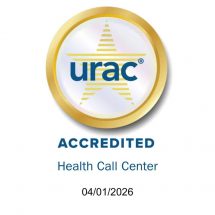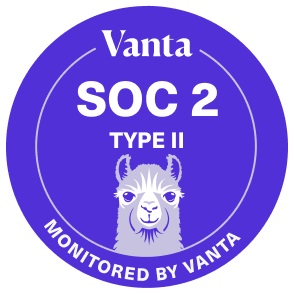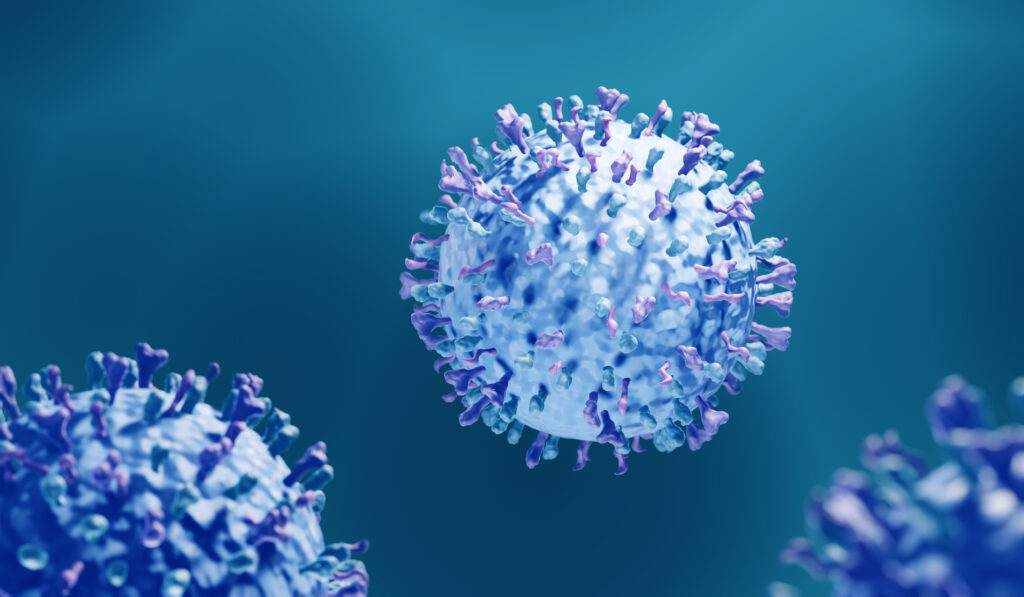
Cold vs. Flu, or RSV? How Telehealth Nurses Can Use Triage Protocols to Address All Three
Since COVID-19 restrictions have been eased, this fall is already experiencing a surprising surge of respiratory syncytial virus (RSV) in conjunction with flu and the common cold. Telehealth nurses have experienced a roughly 20% increase in patient call volumes and winter hasn’t even started. While RSV symptoms are typically cold-like in appearance, the virus can be detrimental to infants, older adults, and those with medical
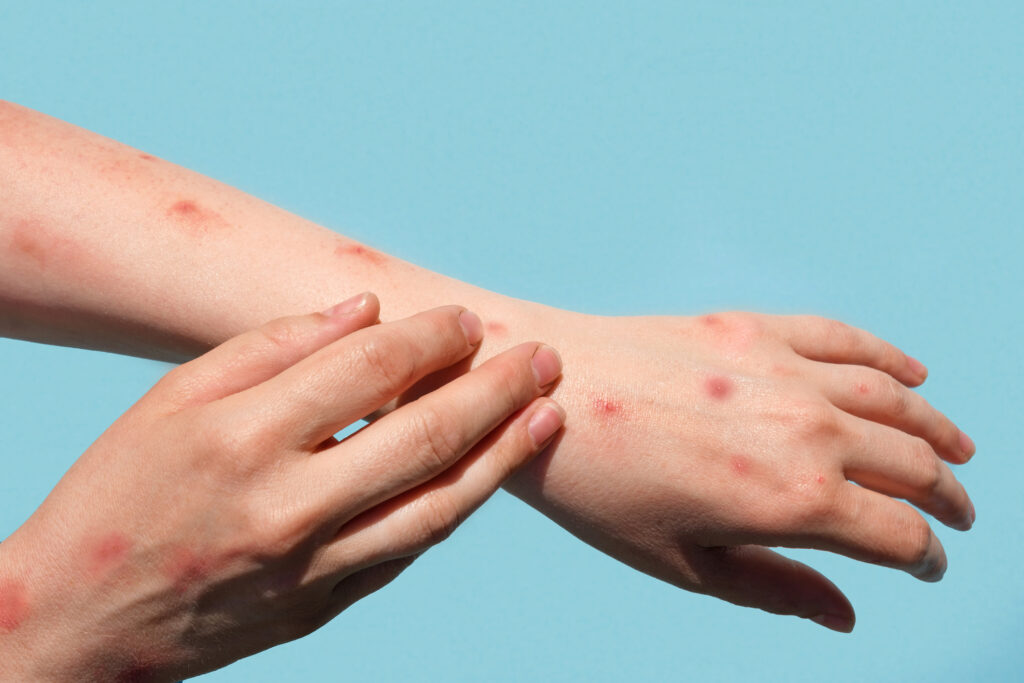
New Monkeypox Nurse Triage Protocols Are Now Available
Cases of monkeypox have risen considerably over the last few weeks, prompting the Department of Health and Human Services (HHS) to declare it a public health emergency. In response, new monkeypox nurse triage protocols are now available from triage protocol authors, Dr. Schmitt and Dr. Thompson, to evaluate virus symptoms for patient callers. Read on to learn about this update, and how you can incorporate
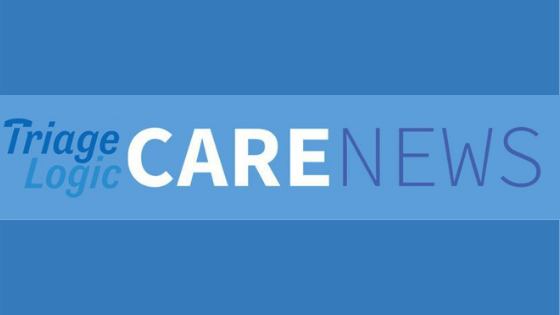
Care News – Summer 2022
Welcome to Care News! In this issue, we highlight TriageLogic’s latest secure texting tool; Charu Raheja’s recent status as an honoree for the Jacksonville Business Journal’s “Women of influence 2022”; the continued benefits of remote patient monitoring (RPM) programs; self-care tips for healthcare professionals; and much more! TL Care Newsletter Letter From Our CEO: The Best New Technology for Improving Your Nurse Triage Performance Charu
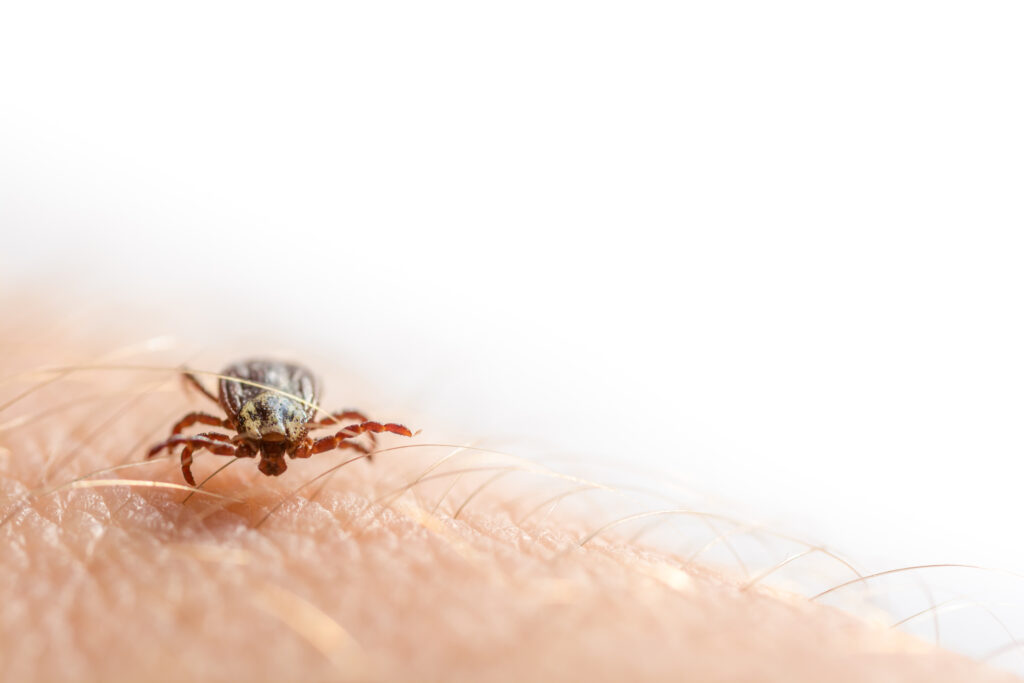
Case Study: How a Triage Nurse Uses Protocols for Tick Bites
As the weather heats up, daylight lasts longer, and people spend more time outdoors, tick bites become more common. Ticks are usually active during April to September, and the CDC notes that they often show up “in grassy, brushy, or wooded areas,” on animals, or even as close as your own backyard. In the event that one of your patients notices the tell-tale sign of
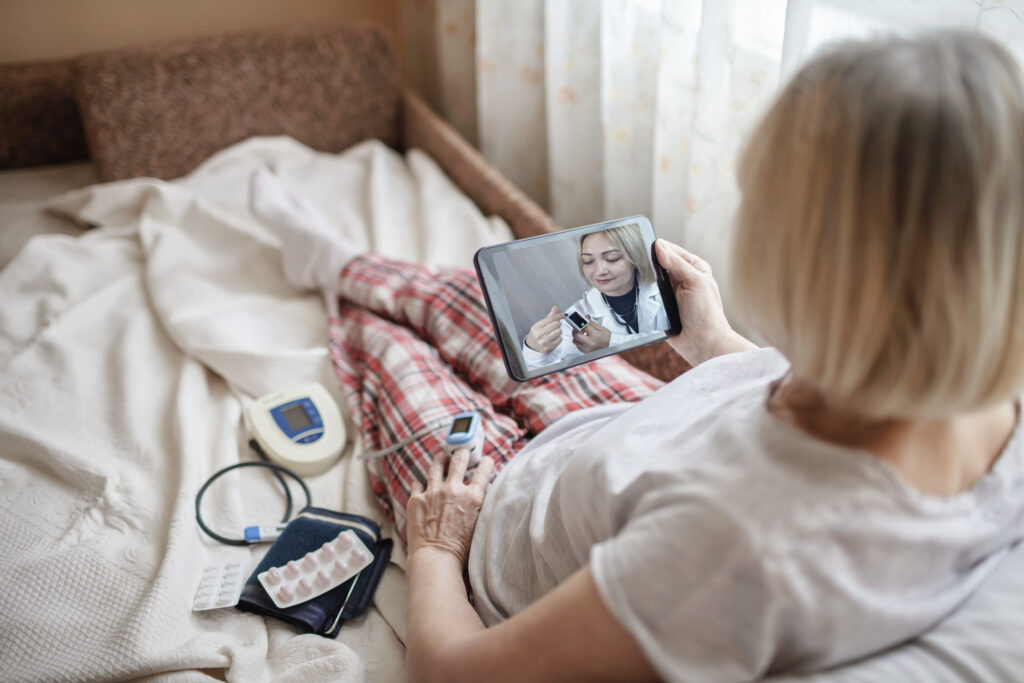
How Effective is Remote Patient Monitoring (RPM)?
Remote patient monitoring (RPM) was a welcome addition to patient care in a time of social distancing. Now that many places are beginning to open back up, and mask mandates are going away, healthcare providers are reviewing their data to see how effective these RPM programs have been — and whether they’re worth continuing. Based on those findings, we’re confident that RPM is here to

Are You Experiencing a Nursing Shortage? Outsourced Telehealth Triage Can Help.
You’ve probably heard about the prevailing nursing shortage that’s grown since the beginning of the COVID-19 pandemic. Chances are, your organization has experienced its effects to some degree. But early retirement and employee burnout aren’t the only reasons for the lack of available nurses. It’s also due to surprising delays in nurse licensing. According to NPR, this isn’t an isolated incident, especially in states that

Self-Care Tips for Physicians, Telehealth Triage Nurses, and Office Managers
Due to the long hours they work and the number of patients they see, it can be easy for physicians, nurses, and office managers to neglect their own wellness. That’s even before tacking on the increased volume in COVID-related calls that many health systems are experiencing, and the mental health concerns often seen during the winter months. All of these factors reinforce how necessary it

How Telehealth Triage Nurses Can Address Mental Health Calls During Winter
Much like the holidays that precede them, the winter months usually see an uptick in reported mental illness. These include seasonal affective disorder (SAD), depression, and suicide, and are reflected in the types of patient calls received through nurse triage. Because these mental health cases demonstrate similar symptoms, it’s important that your telehealth triage nurses have the tools to properly address each. SAD Although cases

Telehealth Triage Calls Are Taking Longer. Here’s Why, and How to Solve It.
The uptick in patient calls that telehealth nurses first witnessed before the holidays is not letting up, and the reason seems clear: the Omicron variant of COVID-19 has become a concern for a lot of people. Our team has noticed that these calls aren’t simply increasing in volume, they’re also increasing in duration. Callers’ fears often require reassurance before nurses can even begin triaging their

Care News – Winter 2021/2022
Welcome to Care News! In this issue, we discuss the importance of physical safeguards within healthcare’s cybersecurity; how telehealth triage nurses can avoid liability on patient calls; new triage protocols from Dr. David Thompson for hospice care; TriageLogic’s ranking on last year’s Inc. 5000 Fastest-Growing Private Companies list; and much more! Care News – Winter 2021/2022 Update – Dr. Charu Raheja Letter From the CEO: Telehealth
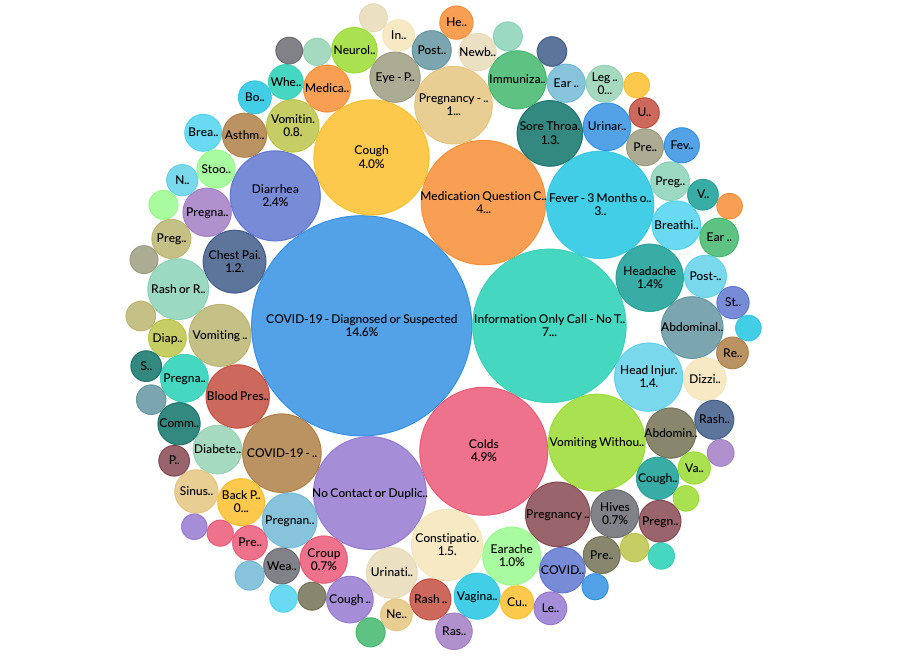
Telehealth Triage Nurses See COVID Call Surges Comparable to 2020
Patient calls regarding COVID-19 have reached or exceeded what triage nurses experienced at the very beginning of the pandemic. This is due to the prevalence of the Omicron variant which overtook Delta before the holidays, and has since escalated anxiety and fear due to its high transmissibility even among the vaccinated. Hospital systems are already stressed in many states, says NPR, “where the number of

Triage Protocols for Hospice Care: A Conversation with Dr. David Thompson
Schmitt-Thompson triage protocols cover a wide range of patient symptoms in both adults and children, and have become the gold standard for dispositions on care. Now, Dr. David Thompson has developed a new set of protocols that can be used in hospice care. TriageLogic is fortunate enough to have had the opportunity to learn from him directly about how these protocols were developed, their purpose,



